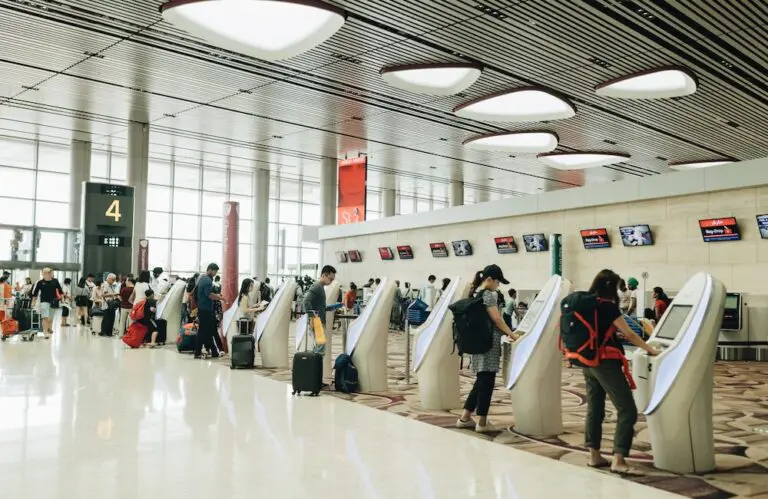Bali tourism leaders are sounding the alarm, urging travellers and the travel trade to prepare early as the island’s rainy season arrives sooner and with greater intensity.
Following recent flash flooding triggered by the worst rains in more than 70 years, officials are calling for early preparation across the tourism sector. The same events are being taken as evidence that the monsoon season is clearly starting earlier, a point confirmed by the Head of the Tourism Office (Kadispar) Bali, I Wayan Sumarajaya.
When is Bali’s rainy season?
Traditionally, the first rains came in late September or October, but now the downpours are arriving sooner.
“This September, it may start to rain as the beginning of the season,” Sumarajaya told local media.
The rainy season runs traditionally through to late March. However, Indonesia’s 2025–26 wet season is forecast to be longer, with higher flood risk. BMKG (Indonesia’s weather agency) expects an extended wet season from September 2025 to April 2026, with warnings about intense, short-duration rainfall and some areas potentially seeing a month’s worth of rain in a day, Reuters reported.
Global climate research shows tropical regions are seeing rainfall become more erratic and, in many cases, heavier. The UN’s Intergovernmental Panel on Climate Change reports that human-driven warming is causing extreme rainfall events to become more frequent across Asia and the Pacific, raising the likelihood of flash flooding and similar crises in places like Bali.
Sumarajaya emphasised the importance of cooperation across the industry.
“I believe that if all parties have carried out their responsibilities well, obeying all the existing rules, everything will be fine,” he said.
“However, we must prepare now before the rainy season reaches its peak. As the saying goes, ‘Prepare an umbrella before it rains’.”
Bali operators are being told to act now
Tourism operators across the island, particularly those in nature-based attractions, have been advised to strengthen preparation and mitigation efforts immediately.
Sumarajaya said operators should treat this season as an opportunity to “prepare all the necessary resources they have in the framework of disaster mitigation, as well as carry out all standard operating procedures correctly, including the installation of information media for tourists.”
The measures include:
- Pruning or arranging trees in tourism areas to reduce the risk of fallen branches.
- Clearing drainage systems to prevent flooding.
- Installing clear signage and information boards to guide visitors during weather disruptions.
- Monitoring daily forecasts and adjusting operations accordingly.
How travellers should plan for Bali’s rainy season
While Bali remains one of the most popular international destinations for Australians, tourists are also being reminded to take weather conditions seriously.
Sumarajaya said visitors should check local forecasts daily during their trip, not just before their arrival. Flexible itineraries and awareness of local advisories can help avoid disruptions.
He also encouraged hotels, resorts, and travel agencies to share timely updates with guests. This includes making sure visitors understand which activities may be unsafe during heavy rain, particularly those involving outdoor or nature-based tourism.
Implications for travel agents
For Australian travel professionals, the main consideration is how to best inform clients planning Bali travel over the coming months. This includes:
- Building weather flexibility into itineraries between September and April.
- Prioritising refundable or change-friendly products on high-risk days.
- Preparing clients for potential itinerary changes.
- Advising on appropriate travel insurance coverage.
- Recommending accommodations with strong flood preparedness measures.
These proactive steps can help ensure clients still enjoy Bali while minimising the impact of weather disruptions.
KARRYON UNPACKS: Bali’s shifting rainy season is no longer predictable. For travel agents, this means advising clients to expect earlier monsoon conditions, plan flexible itineraries, and be prepared for weather-related disruptions.





